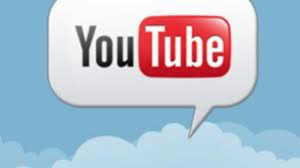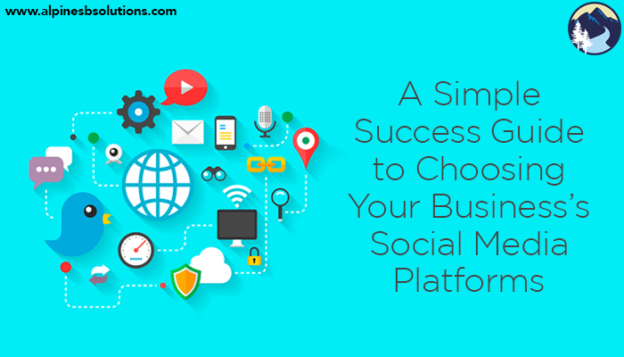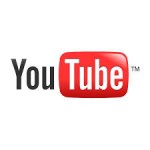Bring Business to you through YouTube
Are you looking to increase your online visibility, build trust, and convert prospects into customers, then online video and YouTube marketing need to be part of your online marketing activity.
Why is YouTube so important? Today we enjoy faster connection speeds, unlimited hosting, and a video camera in every pocket or purse. That makes creating and sharing videos incredibly easy and affordable.
In addition, videos often appear on the first page of search results, and even when they don’t, people often go directly to YouTube to conduct a search. In fact, YouTube is the second most popular search engine in the world behind Google, which owns it.
YouTube also gives us advanced annotation tools that allow us to create clickable calls to action within our videos to encourage engagement and subscriptions. With promoted videos you can even create links that take viewers to your website or other web property.
Make sure you are creating compelling videos. Most of us will never create a “viral” video with millions of views because we don’t own a piano-playing cat or a sneezing baby panda, but thankfully those aren’t required for success. In fact, most of us couldn’t handle a million new customers all at once, anyway. Instead, you should create content that addresses your audience’s needs. Your goal should be to create videos that are helpful, valuable and compelling to your prospects and clients. If you can blog about it, you can create a video about it. Your video content may consist of how-to’s, answers to frequently asked questions, expert interviews, screen video captures, slide shows and much more.
Work your keywords into your video. There are four obvious places to use your keywords in each video:
- Title: Just like your blog posts, make sure the title of your video includes your keywords. Twice is nice.
- Description: Don’t scrimp here! Too many people ignore the description, or just write a one-sentence description. Feel free to write a blog-post length description, working in your keyword phrase(s) multiple times.
- Tags: Make sure you use your keywords and variation of those keywords in the tags section.
- Narrative: YouTube is listening! YouTube takes your audio and creates an automatic transcript and uses this as part of their algorithm. So bake those keywords into the narrative as well.
Include a call-to-action. Want people to take an action at the end of your video? Tell them what to do. “For more on virtual assistants visit us at alpinesbsolutions.com.”
You can also include a clickable link in your description. Best practice is to start your description with the URL you want to drive traffic to and make sure you include the http://…otherwise the link won’t work.
Leverage social media to attract more eyeballs. Once your video is live, you can create a surge of traffic by posting links to your social media outposts, such as Twitter, Facebook and LinkedIn. Make sure you write a blog post with your video embedded in the post. And don’t forget about Google+, which, like YouTube, is part of the Google empire. Every view counts towards your total view, whether your viewer is at YouTube or not.
While YouTube is very helpful don’t expect one video to change your business. As mentioned before: forget about your dreams of creating a viral video. Instead, focus on creating a steady, consistent stream of helpful videos that address your ideal customer’s biggest problems.
That will help you increase your online visibility and drive more qualified traffic to your website.
Be unique but be concise with what you have available and who you are. In the end, this will be one of the most helpful tools you have for your business.
And as always, if this stuff makes you dizzy and you just don’t want to take the time to learn all the ins and out of YouTube, Remember that Alpine Small Business Solutions, is your one stop shop for all your marketing, Virtual Assistant, Online Business Manager and business building need. We got your back, so give us a jingle or shoot over an email anytime we’re here to help.
Thank you for visiting our blog. We hope you enjoyed it. As a friendly reminder don’t forget to share this blog on your social networks and please comment, we love hearing from you!
This blog is brought to you by Alpine Small Business Solutions, Your Virtual Assistant and Online Business Manager Solution. Delegate. Grow. Prosper





 Twitter is a great tool to direct individuals to your website. In this way you can think of Twitter and your website like a news story. The headline and the lead are the Twitter post: it draws you in and provides just enough information you know what you’ll be reading about. The body of the article is your website post: the substance and entirety of what you want your audience to read. While posts can be great at directing individuals to your site, not every post needs to. Some posts can be a short story or message in of themselves.
Twitter is a great tool to direct individuals to your website. In this way you can think of Twitter and your website like a news story. The headline and the lead are the Twitter post: it draws you in and provides just enough information you know what you’ll be reading about. The body of the article is your website post: the substance and entirety of what you want your audience to read. While posts can be great at directing individuals to your site, not every post needs to. Some posts can be a short story or message in of themselves.  Linkedin is great for increasing brand awareness and acquisition. Individuals can publish articles on
Linkedin is great for increasing brand awareness and acquisition. Individuals can publish articles on  Marketers post content to help boost their SEO. Oftentimes marketers strapped for time post their Facebook posts on
Marketers post content to help boost their SEO. Oftentimes marketers strapped for time post their Facebook posts on  Creating engaging videos is a great way to turn out shareable content, engage audiences, and improve SEO.
Creating engaging videos is a great way to turn out shareable content, engage audiences, and improve SEO.  Like Twitter,
Like Twitter,